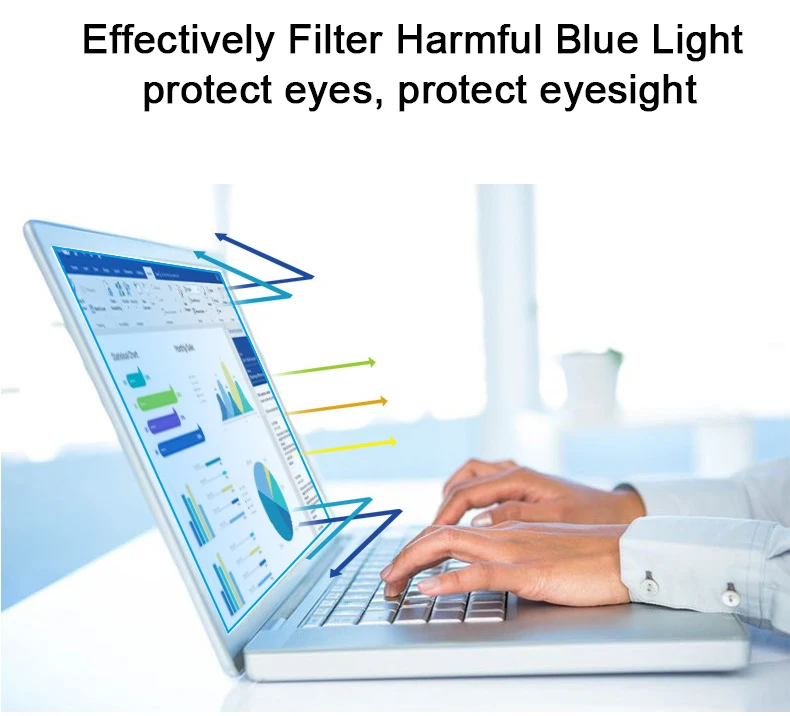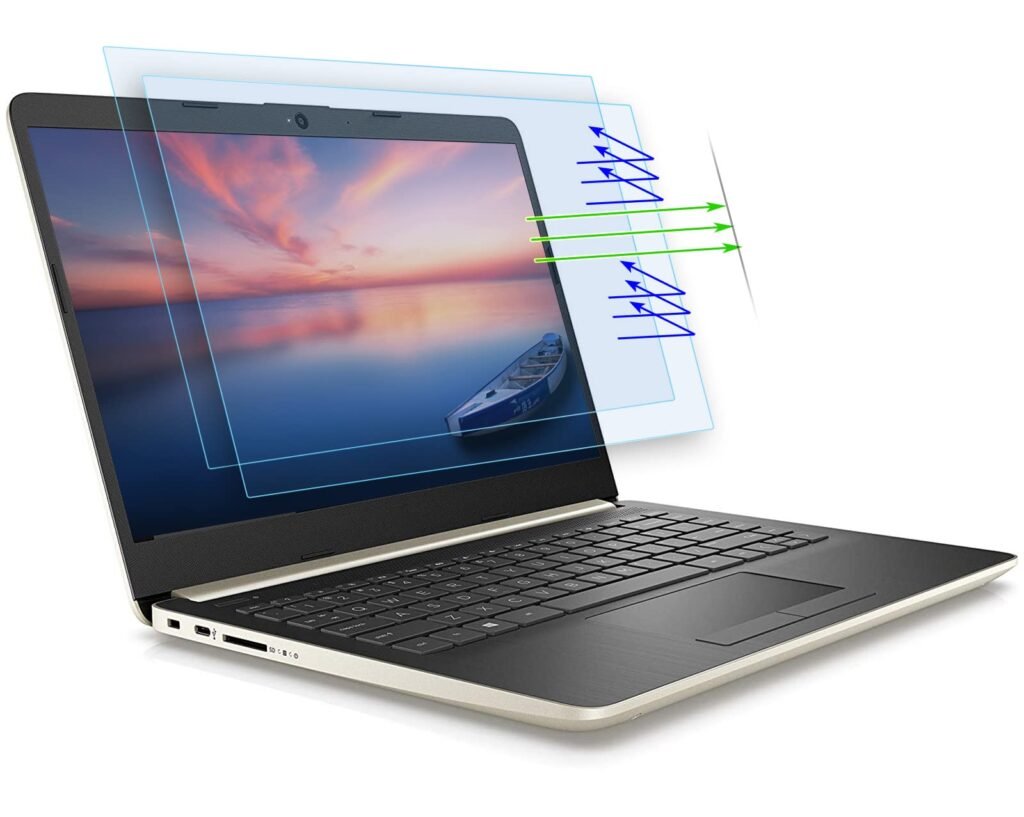Do You Need a Screen Guard on Your Laptop?
If you’re like most laptop users, you’ve probably wondered whether you need a screen guard for your device. In this in-depth review, we’ll delve into the pros and cons of using a screen guard on your laptop, specifically focusing on the Acer Aspire 7. Drawing from a detailed video review and personal experiences, we’ll explore various aspects, including the types of displays, cost considerations, installation challenges, and the long-term benefits of using a screen guard. Let’s dive in and uncover the truth about laptop screen guards.
Introduction: The Big Question
When it comes to laptop accessories, screen guards often sit at the top of debated items. While they are universally regarded as essential for smartphones, their necessity for laptops remains a gray area. To help you make an informed decision, we’ll break down the critical points from a YouTube review by Harshit Ishwar Singh, who shared his real-life experiences with and without a screen guard on his Acer Aspire 7. This analysis will provide you with a clearer perspective on whether a screen guard is worth the investment for your laptop.



Why Consider a Screen Guard?
Protection from Scratches and Damage
The primary reason people use screen guards is to shield their laptop screens from scratches, dust, and other potential damage. While laptop screens are inherently more durable than those on smartphones, they are not immune to wear and tear. Everyday use, accidental contact with hard objects, or even frequent cleaning can leave minor scratches, gradually affecting the screen’s visual quality.
Enhancing Durability
A screen guard acts as an extra layer of defense, absorbing the brunt of minor impacts, scratches, and smudges. Over time, this added protection can significantly prolong your screen’s lifespan, maintaining its clarity and usability.
My Experience with Screen Guards
Initial Hesitation
Initially, I was skeptical about the necessity of a screen guard for my Acer Aspire 7. After several months of use without any screen protection, my laptop screen still appeared flawless. However, my curiosity and the desire to provide a well-rounded opinion motivated me to test a screen guard and assess its practical benefits.
The Installation Process
Installing a screen guard on a laptop is not as straightforward as it is on a smartphone. During my first attempt, the screen guard didn’t adhere properly, resulting in visible bubbles and an uneven finish. After consulting a professional, I achieved a successful installation. The second attempt provided a smooth, bubble-free application, enhancing the screen’s appearance and protection.
Cost Analysis
Here’s a breakdown of the costs involved in my screen guard experiment:
- Initial Purchase: ₹500
- Professional Installation: Included in the purchase price
- Replacement and Reinstallation: An additional ₹50
The overall expense was minimal, making screen guards a cost-effective option for those seeking added protection without breaking the bank.
Do You Need a Screen Guard on Your Laptop?
Types of Laptop Displays
Understanding the type of display your laptop uses is essential in deciding whether you need a screen guard. Laptops generally feature two types of displays: matte and glossy. Each has unique characteristics that influence the need for a screen guard.
Matte Finish Displays
Matte displays are known for their anti-glare properties, making them ideal for brightly lit environments. They are less reflective and more resistant to fingerprints and smudges.
- Pros:
- Reduces glare
- Resistant to fingerprints and smudges
- Often more durable against scratches
- Cons:
- Colors may appear slightly duller
- May not require a screen guard due to inherent durability
Glossy Finish Displays
Glossy displays, on the other hand, offer vibrant and saturated colors, providing a visually appealing experience. However, they are prone to glare and are more susceptible to fingerprints and scratches.
- Pros:
- Brighter, more vibrant colors
- Enhanced visual appeal, especially for media consumption
- Cons:
- Prone to glare and reflections
- Easily shows fingerprints and smudges
- Benefits more from a screen guard
Comparative Analysis: With and Without Screen Guard
Visual Quality
- Without a Screen Guard:
- Clarity: Exceptional, with no visible scratches
- Brightness: Optimal, retaining original display quality
- With a Screen Guard:
- Clarity: Slightly reduced due to the additional layer but still acceptable
- Brightness: Minor reduction, noticeable only in direct light
Durability and Protection
- Without a Screen Guard:
- Scratches: None initially, but potential risk increases with use
- Wear and Tear: Gradually visible over time
- With a Screen Guard:
- Scratches: The screen guard absorbs minor scratches, leaving the screen unscathed
- Wear and Tear: Minimal impact on the actual screen, with the guard bearing most of the damage
Personal Insights and Recommendations
Practicality
If you frequently travel or use your laptop in environments prone to dust and accidental damage, a screen guard becomes a practical accessory. It provides an extra layer of security, especially for glossy screens that are more vulnerable.
Cost-Effectiveness
Screen guards are highly affordable, with prices starting around ₹50. Although installation can be tricky, professional help ensures a flawless application. Considering the protection offered, it’s a small investment for peace of mind.
Longevity
A screen guard can extend the life of your laptop screen, especially in challenging environments. However, screen guards themselves may need periodic replacement, particularly if they accumulate heavy scratches.
Personal Preference
The decision ultimately depends on your priorities:
- If you value maximum screen clarity and brightness, using your laptop without a screen guard might be preferable.
- If you prioritize durability and protection, a screen guard is a sensible choice.
Final Verdict: Do You Really Need a Screen Guard?
After months of testing and analyzing the results, here’s my final take:
- Matte Finish Displays: A screen guard is generally unnecessary due to the display’s inherent durability and anti-glare properties. However, it still offers added protection for cautious users.
- Glossy Finish Displays: A screen guard is highly beneficial, protecting against scratches, fingerprints, and glare while maintaining the screen’s longevity.
In conclusion, while a screen guard is not an absolute necessity for all laptop users, it provides tangible benefits, particularly for glossy displays. If you aim to keep your laptop screen in pristine condition, investing in a quality screen guard is a wise decision. Ensure proper installation to avoid bubbles and maximize its effectiveness.
By understanding your laptop’s display type and usage patterns, you can make an informed choice. Whether you decide to use a screen guard or not, the key is maintaining your screen’s condition to enhance your laptop’s overall longevity and performance.

